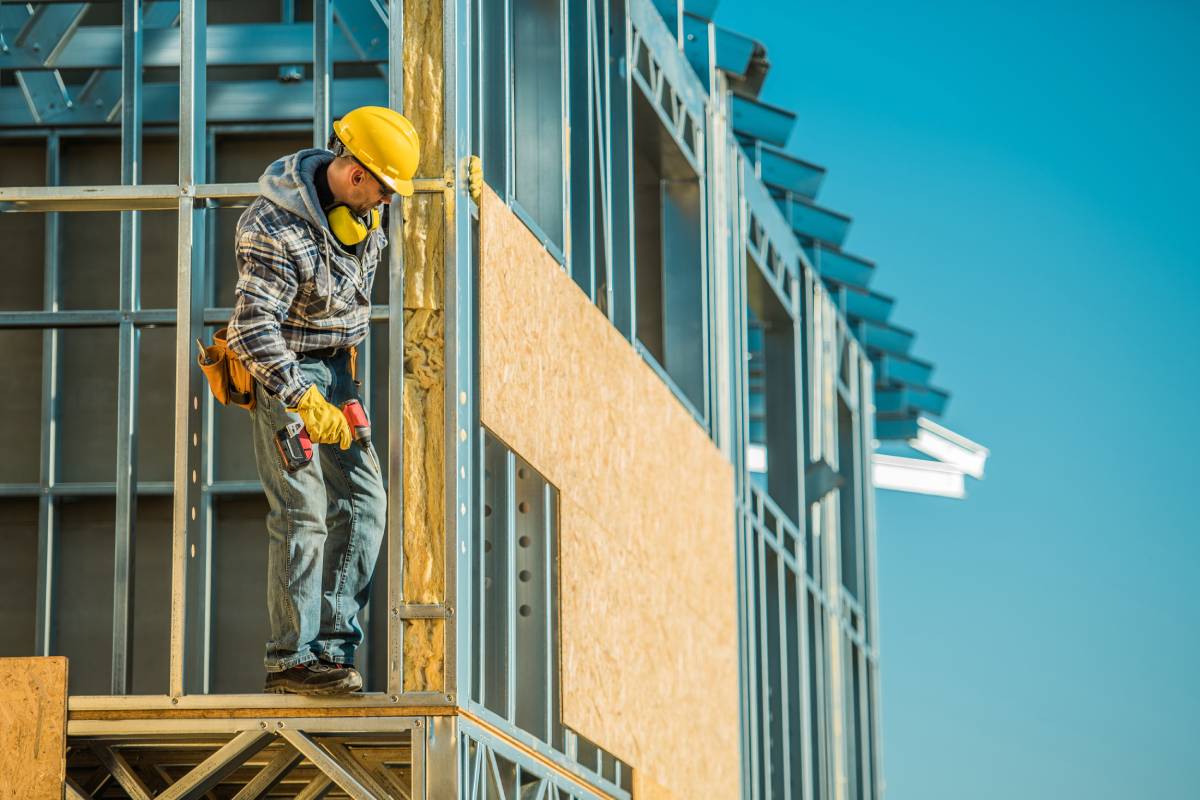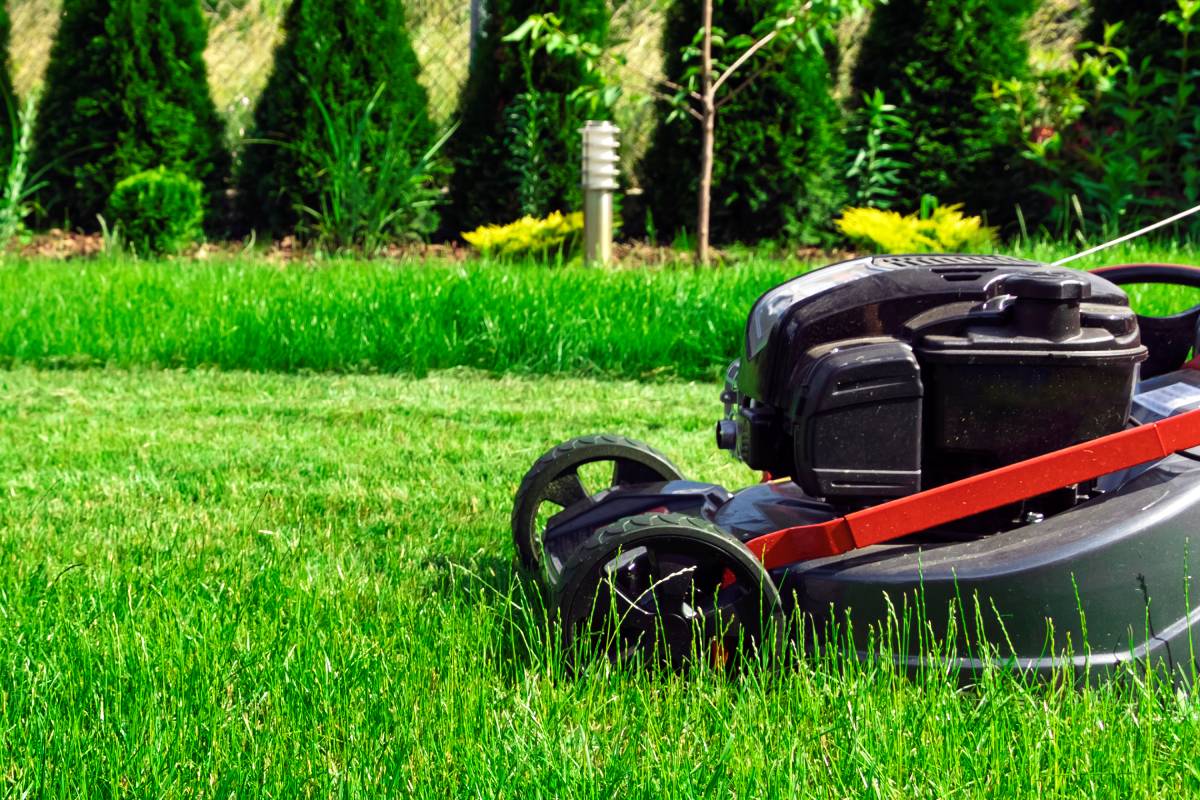Working at heights is an integral aspect of various industries, encompassing tasks that range from construction and maintenance to telecommunications and beyond. However, with the inherent risks associated with elevated work, ensuring safety becomes paramount.
In this exploration, we delve into three crucial aspects—minimum height requirements for working at height, fall protection regulations in Australia, and the importance of obtaining a Working at Heights certificate.
Understanding these elements is not only essential for compliance with safety regulations but also for fostering a culture of workplace safety. Let’s unravel the significance of these topics and how they contribute to creating secure environments for individuals tasked with working at elevated levels.
The minimum height for working at height is generally considered to be any elevation that poses a risk of injury due to falling. While specific regulations may vary by country or industry, a common threshold is often set at 6 feet (1.8 meters). This means that if a task requires an individual to work at a height of 6 feet or more above ground level, appropriate safety measures must be implemented.
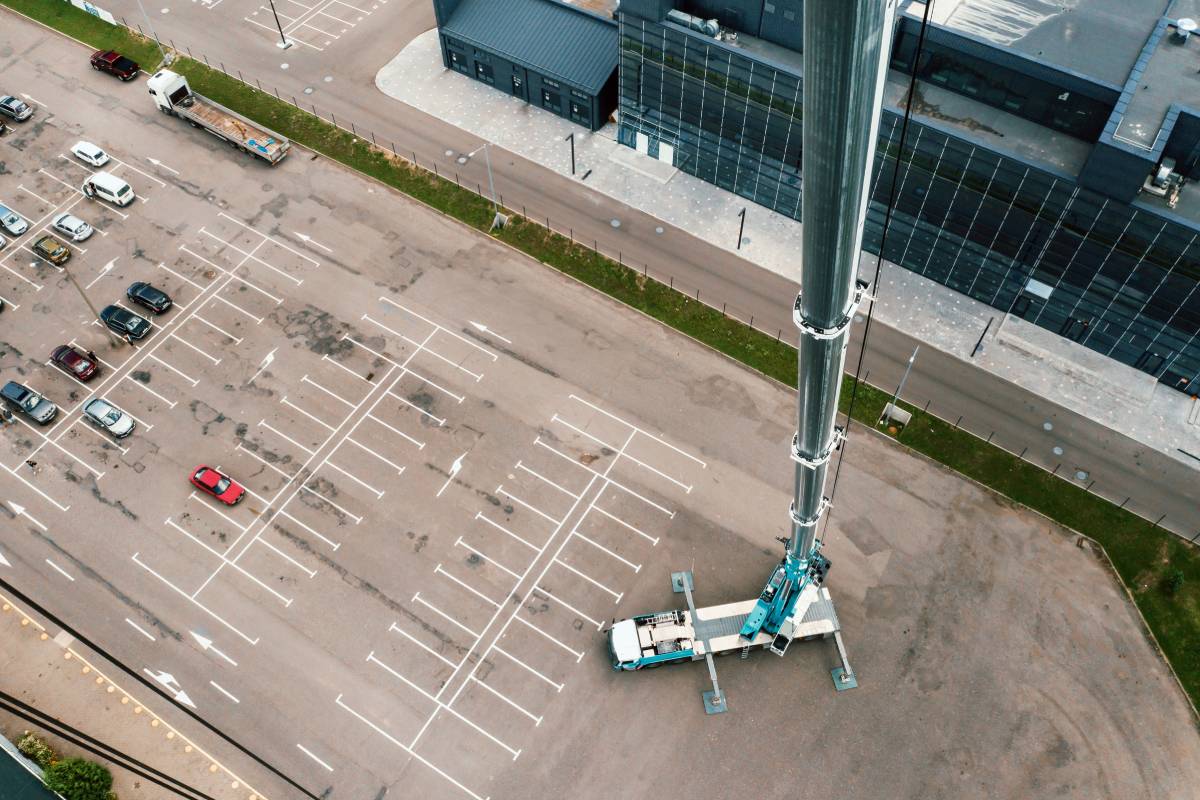
One of the primary reasons for establishing a minimum height is to prevent falls, which are a leading cause of workplace injuries. Even falls from relatively low heights can result in serious harm. Therefore, regardless of the height, it is crucial to prioritize safety measures such as the use of fall protection equipment.
Fall protection measures may include guardrails, safety nets, or personal protective equipment like harnesses and lanyards. These precautions are designed to mitigate the risk of falls and protect workers from potential injuries. Employers are typically responsible for conducting risk assessments and implementing appropriate safety measures based on the specific tasks and heights involved.
It’s important for workers to be aware of the minimum height requirements in their respective industries and regions. This knowledge ensures that they can advocate for their safety and request the necessary protective measures when working at elevated levels.
In some cases, industries with unique working conditions or tasks may have different height thresholds. For example, construction and roofing activities may have specific regulations due to the inherent risks associated with these tasks. Similarly, industries such as telecommunications or forestry may have their own set of guidelines tailored to their unique challenges.
Training and education also play a crucial role in ensuring safety when working at height. Workers should receive proper instruction on the correct use of fall protection equipment, as well as an understanding of the risks associated with working at elevated levels. Regular safety briefings and updates on industry regulations contribute to a culture of awareness and responsibility.
In Australia, ensuring the safety of workers is a top priority, especially when it comes to tasks performed at heights. The regulations regarding fall protection are outlined in the Work Health and Safety (WHS) Act and its associated regulations. Understanding when fall protection is required is crucial for employers and workers alike to create a safe working environment.
The Code offers advice on embracing a risk management strategy to prevent falls when working at heights below 2 meters. It also guides processes for risk assessment, creating Safe Work Method Statements (SWMS), and outlines examples of physical fall prevention measures necessary for working at heights of 2 meters and beyond, as reasonably practicable.
In Australia, the general rule of thumb is that fall protection measures are necessary when working at a height of two meters or more above ground level. This means that if a task involves working at this height or higher, employers must implement appropriate safety measures to prevent falls and protect workers.
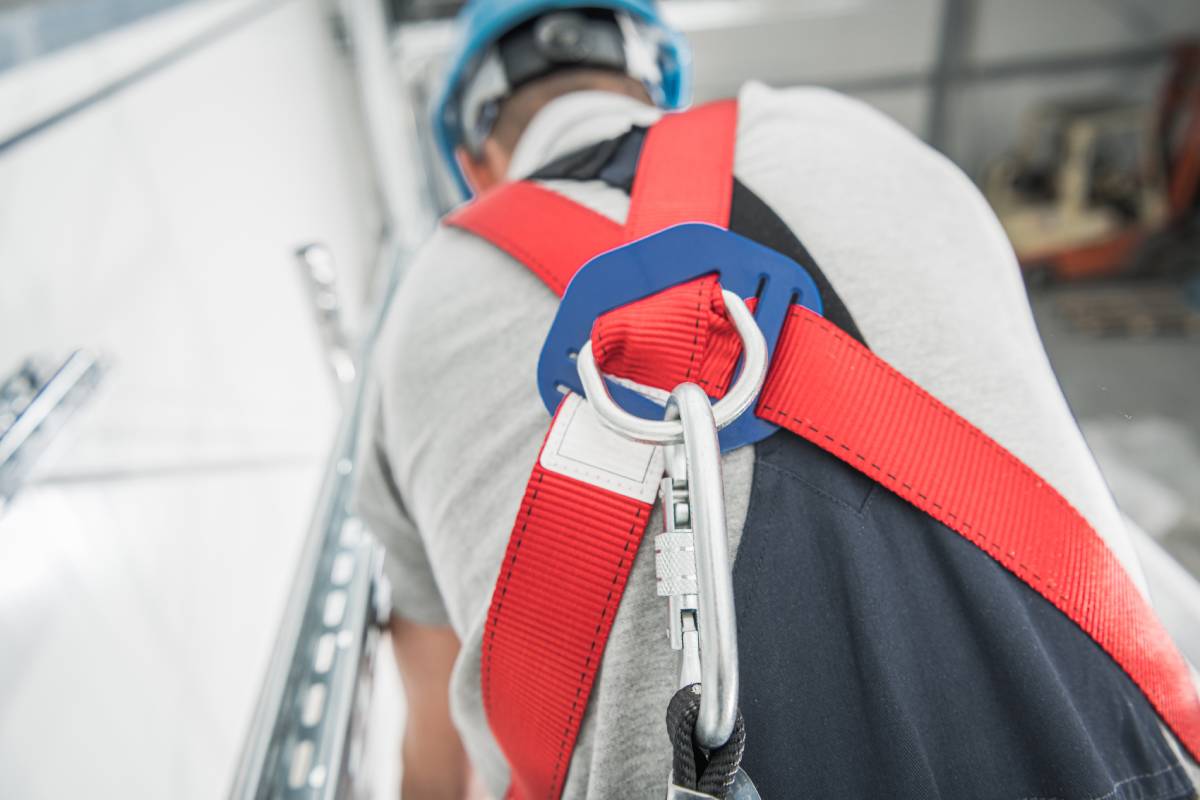
The specific requirements for fall protection can vary based on the nature of the work and the industry. For instance, industries such as construction, mining, and telecommunications may have additional guidelines tailored to their specific needs. Employers must be familiar with the general regulations and any industry-specific requirements applicable to their workplace.
Fall protection measures include a range of safety systems designed to prevent or minimize the impact of falls. These may include guardrails, safety nets, and personal protective equipment (PPE) such as harnesses and lanyards. The choice of fall protection measures depends on factors like the nature of the work, the height involved, and the specific hazards present.
Employers have a legal obligation to conduct risk assessments before any work at height is undertaken. This involves identifying potential hazards and determining the most effective measures to control and mitigate those risks. The risk assessment process helps tailor fall protection measures to the unique circumstances of each task.
Workers also play a crucial role in ensuring their safety when working at height. They should be aware of the height threshold that triggers the need for fall protection and advocate for the implementation of appropriate safety measures. Additionally, workers should be properly trained on the correct use of fall protection equipment, such as harnesses and lanyards, to maximize their effectiveness.
Regular communication and collaboration between employers and workers contribute to a safer work environment. Safety briefings, toolbox talks, and ongoing training programs help reinforce the importance of fall protection measures and keep everyone informed about any changes in regulations or procedures.
Yes, obtaining a Working at Heights certificate is often a crucial requirement for individuals engaged in tasks that involve working at elevated levels. This certificate serves as evidence that the holder has completed specific training to safely conduct work at heights, reducing the risk of accidents and injuries.
The necessity for a Working at Heights certificate is typically mandated by occupational health and safety regulations in various countries, regions, and industries. In many places, it is a legal requirement for workers involved in tasks where there is a risk of falling from heights to hold a valid certificate. This includes industries such as construction, maintenance, telecommunications, and more.
The training covered in a Working at Heights course equips individuals with essential knowledge and skills. Participants learn about identifying potential hazards, understanding fall protection systems, correctly using personal protective equipment (PPE) like harnesses and lanyards, and implementing safety measures to prevent falls.
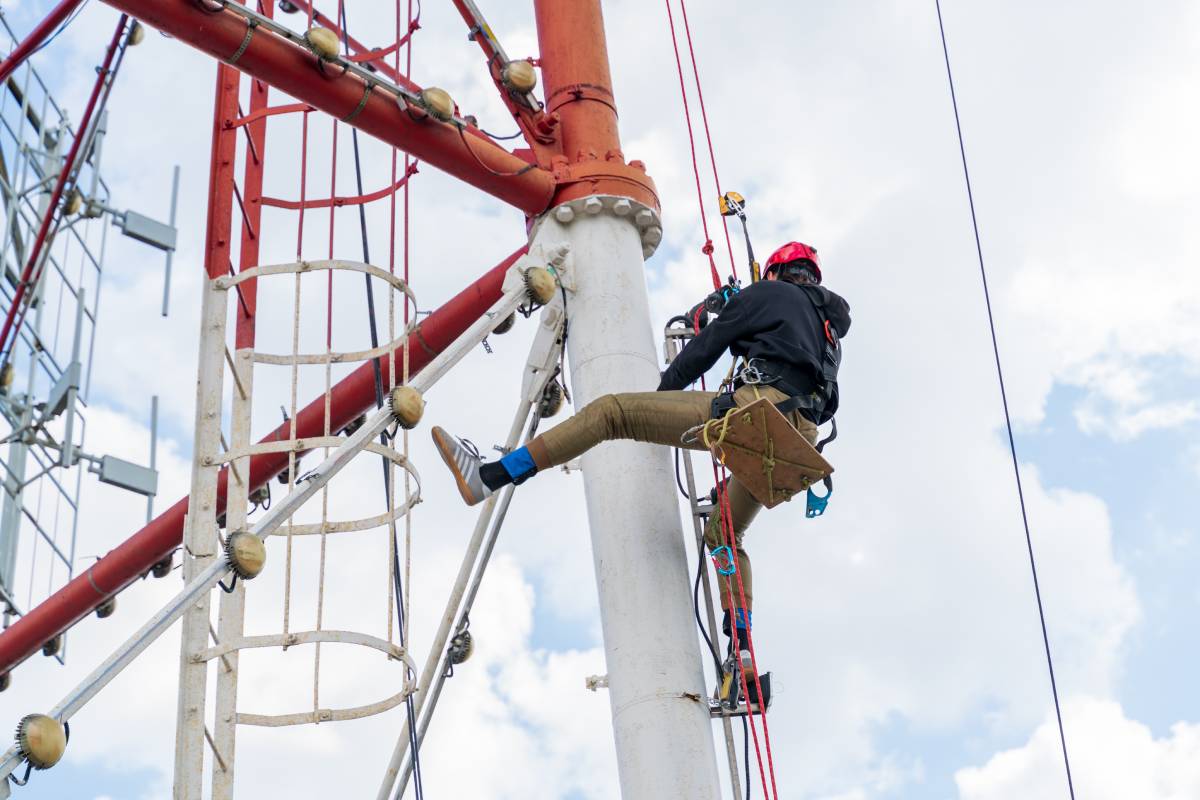
The certificate is not just a piece of paper; it signifies that an individual has undergone comprehensive training to mitigate the risks associated with working at heights. Employers often require their workers to hold this certification to ensure compliance with safety regulations and to create a safer work environment.
Workers benefit from this training by gaining a deeper understanding of the potential dangers and the necessary precautions to take when working at elevated levels. This knowledge empowers individuals to make safer decisions, reducing the likelihood of accidents and injuries.
It’s essential to note that the specific requirements for obtaining a Working at Heights certificate may vary depending on the region and the nature of the work. Some training programs are tailored to specific industries, ensuring that participants receive relevant information and skills applicable to their job roles.
Employers are responsible for ensuring that their workers receive appropriate training and possess valid certifications when required. This commitment to safety not only helps in compliance with regulations but also fosters a culture of workplace safety where employees feel secure and well-prepared for their tasks.
Renewal of the Working at Heights certificate is often necessary at regular intervals to ensure that individuals stay updated on safety practices and any changes in regulations. This ongoing training reflects the dynamic nature of safety protocols and reinforces the importance of staying current with best practices.
Conclusion
In the world of working at heights, knowledge is power, and safety is paramount. From establishing minimum height requirements to implementing fall protection measures and obtaining a Working at Heights certificate, each element plays a vital role in safeguarding individuals working at elevated levels.
As we conclude this exploration, it’s evident that a commitment to understanding and implementing these safety measures not only meets legal obligations but, more importantly, ensures that everyone returns home safely after a day’s work. In the dynamic landscape of workplace safety, staying informed and proactive is the key to preventing accidents and injuries associated with working at heights.

